Robin Shapiro - EMDR Solutions: Pathways to Healing
Here you can read online Robin Shapiro - EMDR Solutions: Pathways to Healing full text of the book (entire story) in english for free. Download pdf and epub, get meaning, cover and reviews about this ebook. year: 2005, publisher: W. W. Norton & Company, genre: Home and family. Description of the work, (preface) as well as reviews are available. Best literature library LitArk.com created for fans of good reading and offers a wide selection of genres:
Romance novel
Science fiction
Adventure
Detective
Science
History
Home and family
Prose
Art
Politics
Computer
Non-fiction
Religion
Business
Children
Humor
Choose a favorite category and find really read worthwhile books. Enjoy immersion in the world of imagination, feel the emotions of the characters or learn something new for yourself, make an fascinating discovery.
- Book:EMDR Solutions: Pathways to Healing
- Author:
- Publisher:W. W. Norton & Company
- Genre:
- Year:2005
- Rating:3 / 5
- Favourites:Add to favourites
- Your mark:
EMDR Solutions: Pathways to Healing: summary, description and annotation
We offer to read an annotation, description, summary or preface (depends on what the author of the book "EMDR Solutions: Pathways to Healing" wrote himself). If you haven't found the necessary information about the book — write in the comments, we will try to find it.
Practical therapeutic strategies and clinical insights from EMDR practitioners who serve diverse clinical populations.
In EMDR Solutions you will find fifteen exemplary EMDR solutions, each of which develops the Standard Protocol in creative and highly effective ways. These solutions move EMDR forward and expand the application of this powerful therapeutic approach. In this source book of therapeutic strategy and clinical insight, each chapter presents step-by-step instructions for implementing a particular EMDR solution with clients. Each intervention is enriched with relevant case histories that bring to life new targets for and variations on the standard EMDR protocol. Concrete and specific, the clinical work illustrated here will add to you fund of knowledge and broaden your practice.
Robin Shapiro has gathered a stellar group of EMDR practitioners. Each of the contributors offers key therapeutic insights in an easy-to-digest form:
- Maureen Kitchur presents her Strategic Developmental Model, a meta-model for EMDR practice that encompasses all phases of the Standard Protocol, Ericksonian utilization language, and attachment-enhancing practices. Kitchurs model gives a clear order for EMDR processing and a way to process wordless or implicit experience.
- Roy Kiessling offers his Resource Development strategies. Easy to learn and very helpful for clients who are disorganized or in crisis, Kiesslings methods turn resources into cognitive interweaves and ego states into resources.
- Sandra Wilson and Robert Tinker demonstrate an effective treatment for phantom limb pain that encompasses treatment from history taking through processing to Its gone!
- A. J. Popky turns the Subjective Units of Distress scale (SUDS) on its head by targeting inappropriate positive affect. Popky also shares his DeTUR protocol with its Level of Urge to Use (LOUU) for the treatment of addictions and compulsive behavior.
- Jim Knipe builds on Popkys work with the SUDS and presents techniques for clearing love-sickness, procrastination, avoidance and codependence using the Level of Urge to Avoid (LOUA).
- Joanne Twombly and Ulrich Lanius teach two very different preparations for doing EMDR with people with dissociative disorders. Twomblys applies techniques derived from hypnosis and ego-state work while Lanius shows how to use opiate-inhibiting medication to allow EMDR to work with dissociated clients.
- Robin Shapiro addresses the Two-Hand Interweave, a simple but widely applicable exercise of discernment. Shapiro also contributes chapters on using EMDR with anxiety disorders, in differentiation-based couples therapy and with generational and cultural introjects.
- Elizabeth Turner engages children with art therapy, play therapy, and story telling in all phases of EMDR. Her chapter is the delightful cherry on top of this informative, easy-to-use book.
Additional chapters by Carole Lovell, Andrew Seubert, Jim Cole, and Susan Schulherr address EMDR with dialectical behavior therapy (DBT) with borderline clients, working with mentally retarded clients, a reenactment tool from guided imagery, and the binge/starve cycle of eating disorders.
Whether you read EMDR Solutions cover-to-cover or peruse one chapter that speaks to a particular technique or client population, you will be adding crucial skills and knowledge to your EMDR toolbox.
Robin Shapiro: author's other books
Who wrote EMDR Solutions: Pathways to Healing? Find out the surname, the name of the author of the book and a list of all author's works by series.


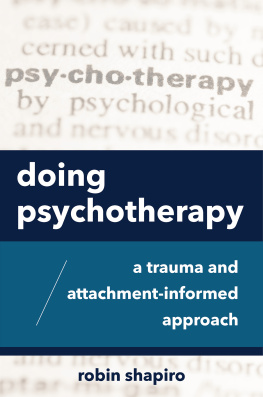
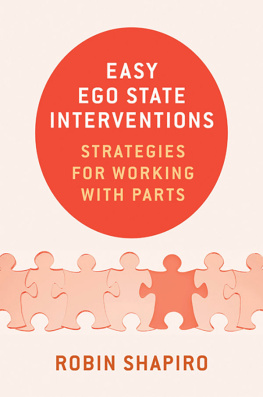
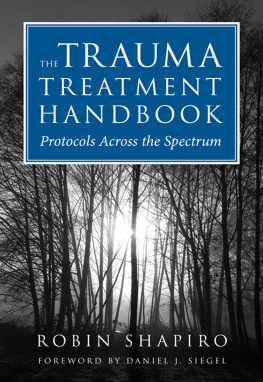
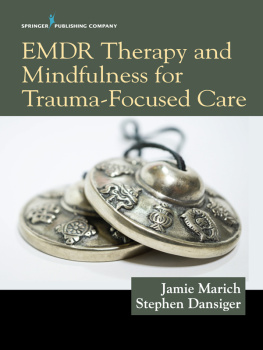



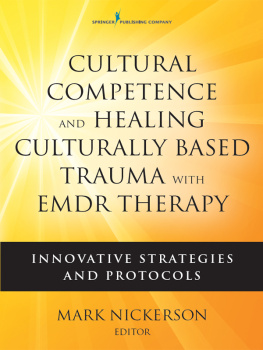


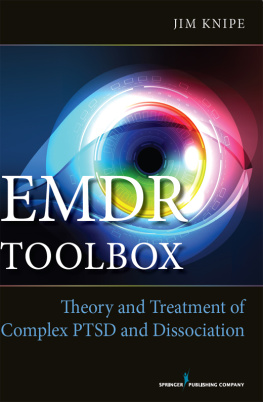


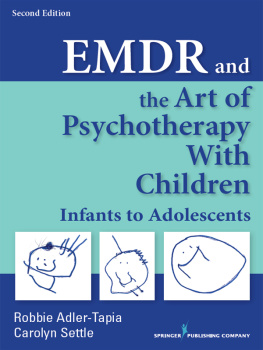
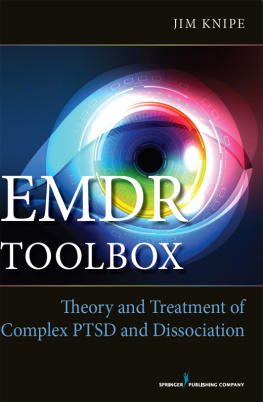



 London
London